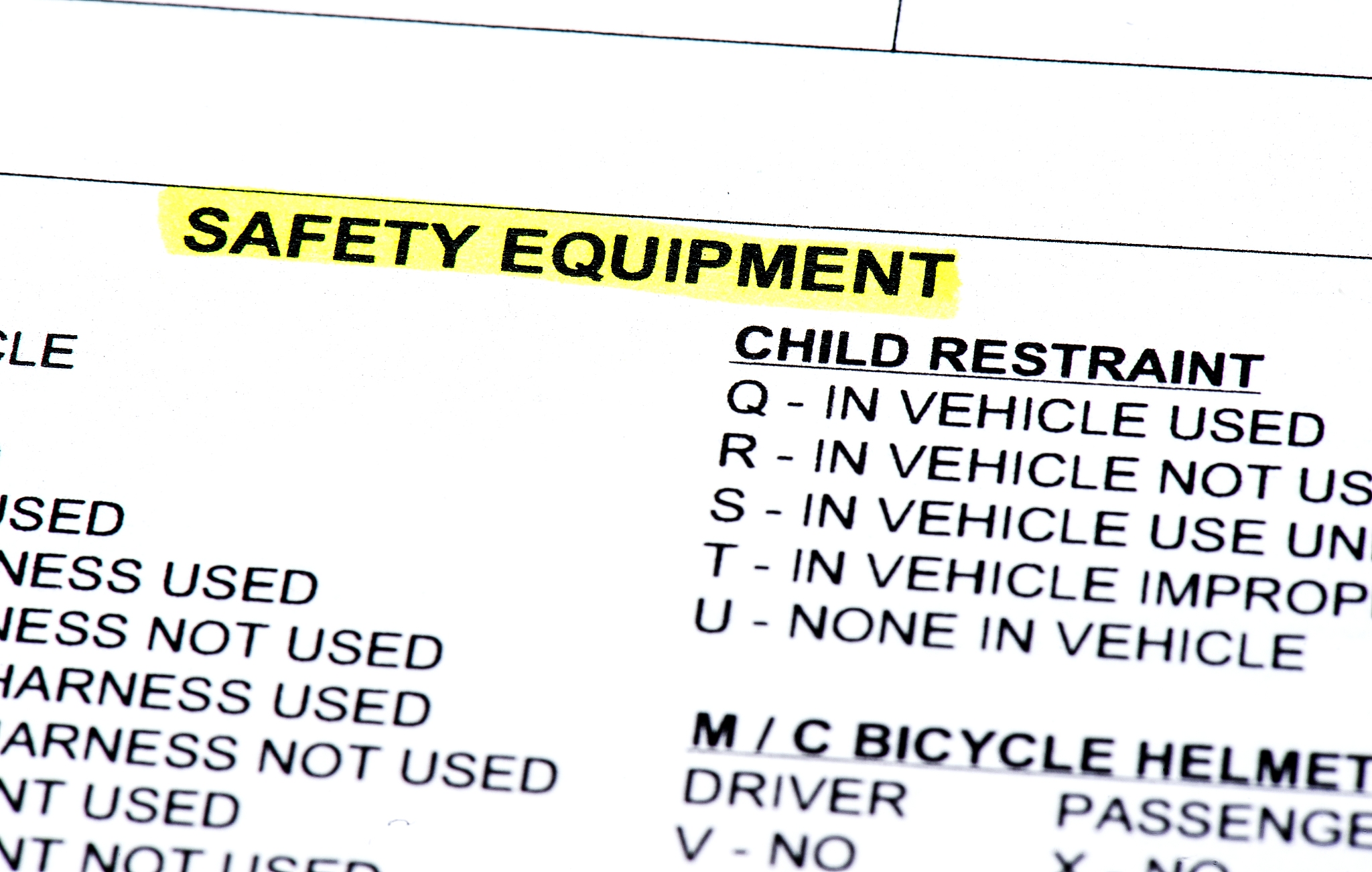Neutralization Test: A Comprehensive Overview
Title: Neutralization Test: A Comprehensive Overview
Introduction: The neutralization test is a widely employed laboratory method used to determine the effectiveness of antibodies in neutralizing viruses or toxins. This test plays a crucial role in evaluating the efficacy of vaccines, therapeutic antibodies, and antitoxins. In this article, we will provide a comprehensive overview of the neutralization test, its principle, procedure, and applications.
Principle: The neutralization test is based on the principle that specific antibodies can neutralize viral or toxin activity by binding to their target antigen, preventing them from infecting cells or causing harm. By measuring the ability of the antibodies to neutralize the virus or toxin, the neutralization test provides valuable insights into the immune response and the effectiveness of potential treatments.
Procedure:
-
Sample Preparation: The first step in the neutralization test involves obtaining the test sample, which can be serum, plasma, or a purified antibody preparation. The sample is typically collected from individuals or animals previously exposed to the virus or toxin of interest.
-
Virus/Toxin Dilution: The virus or toxin is grown in a suitable cell culture system and subsequently diluted to a predetermined concentration. This ensures that the virus or toxin is present in sufficient quantity to cause infection or toxicity if left unneutralized.
-
Serum Dilution: The test sample (serum, plasma, or purified antibody) is serially diluted to create a range of dilutions. This allows for the determination of the highest dilution at which neutralization still occurs.
-
Incubation: The diluted virus or toxin is then mixed with the serum dilutions and incubated under controlled conditions. This allows the antibodies in the sample to interact with the virus or toxin.
-
Infection/Toxicity Assay: After incubation, the mixture is added to susceptible cells or organisms. The infection or toxicity caused by the virus or toxin is measured using various techniques, such as cell viability assays, plaque assays, or cytopathic effect observations.
-
Data Analysis: The neutralizing titer, defined as the highest dilution of the sample that neutralizes the virus or toxin, is determined. This titer provides a quantitative measure of the neutralizing activity of the antibodies present in the sample.
Applications: The neutralization test has a wide range of applications in medical and research settings, including:
-
Vaccine Development: The test is used to evaluate the potency of vaccines by measuring the neutralizing activity of antibodies generated in response to immunization.
-
Therapeutic Antibody Evaluation: The test helps assess the effectiveness of therapeutic antibodies in neutralizing specific viruses or toxins, aiding in the development of targeted treatments.
-
Disease Diagnosis: By detecting and quantifying neutralizing antibodies in patient samples, the test can aid in diagnosing viral or toxin infections, as well as monitoring immune responses during the course of the disease.
Conclusion: The neutralization test is a valuable tool for assessing the neutralizing activity of antibodies against viruses or toxins. Its principle, procedure, and applications make it an indispensable method in vaccine development, therapeutic antibody evaluation, and disease diagnosis. By providing quantitative data on neutralization, this test contributes to our understanding of immune responses and aids in the development of effective preventive and therapeutic strategies.

原文地址: https://www.cveoy.top/t/topic/ZUI 著作权归作者所有。请勿转载和采集!